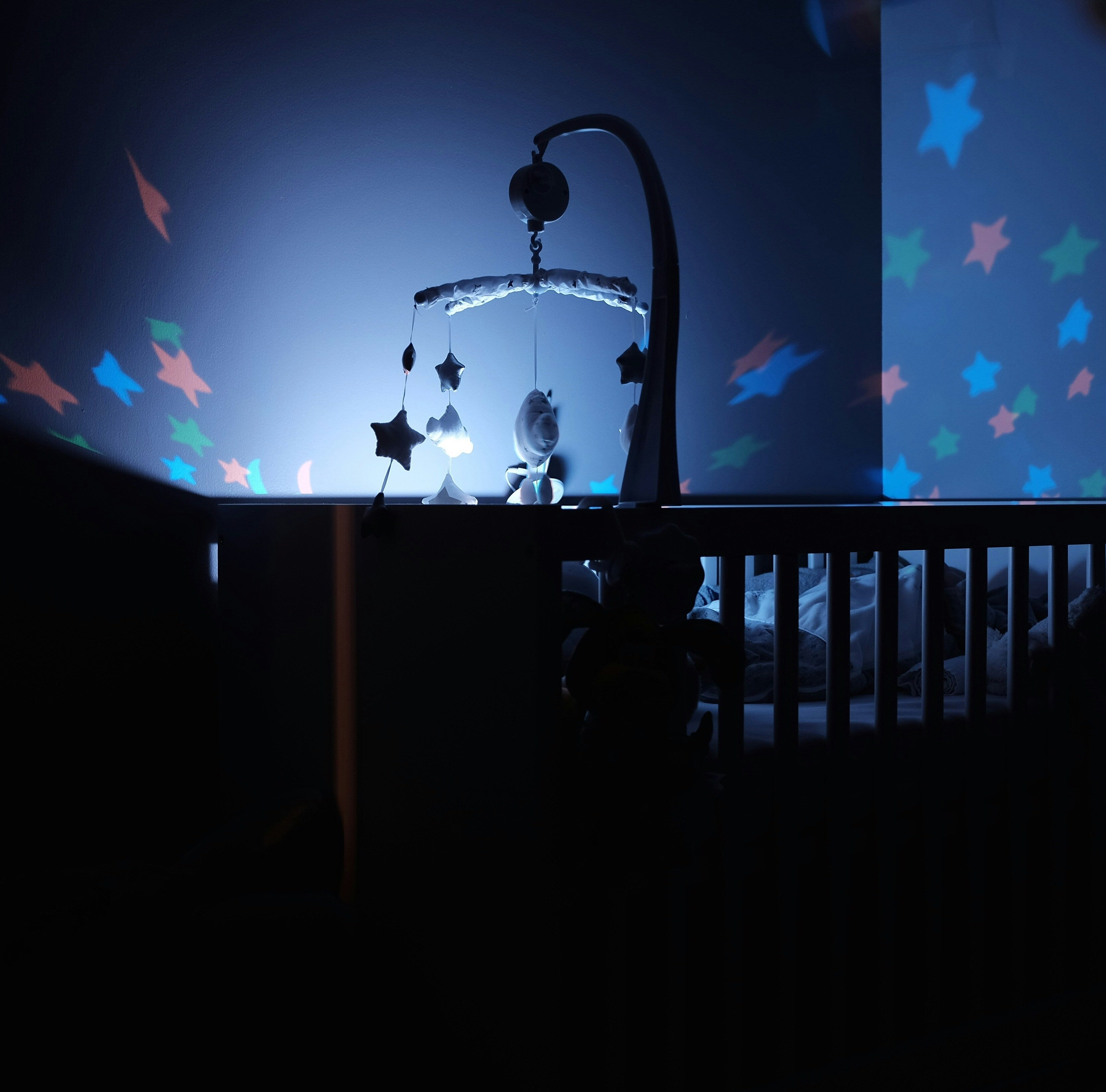Heartbreak, sweat and screaming: if you are a mom or dad, you have probably experienced the unpleasant episode of night terrors in children on some occasion. Today we will try to shed a little light on this phenomenon, its symptoms and what is in your power to help your child feel better.
What are night terrors?
The MedlinePlus Medical Encyclopedia defines night terrors as sleep disorders in which a person is quickly awakened from sleep in a terrified state. Although adults can also have them - especially due to alcohol consumption or emotional stress - they are more common in children between the ages of 3 and 7.
Its cause is unknown, although there are several triggers such as fever, stress, periods of conflict, emotional worries or lack of sleep. Some medications, a change of environment or sleeping far from home can also trigger night terrors. Like sleepwalking, they have a hereditary component.
They look like nightmares, but they are much more dramatic and intense. Children often wake up screaming, dazed and inconsolable, and have no memory of the night terror when they get up. That is the main difference with nightmares: the degree of memory, because while a child can remember the content of the nightmare, he barely remembers anything about this type of episode.
In the case of night terrors, they are not awake at all and can fall asleep again without much difficulty. With nightmares it is common to wake up completely and have trouble sleeping.
When do night terrors happen?
They usually appear between 2 and 3 hours after the child falls asleep, when the brain is not yet in the REM phase and the area of the brain responsible for fight or flight responses is still stimulated. Not being completely asleep, the child feels panic.
In most cases, night terrors usually disappear before adolescence.
What are the symptoms of night terrors?
From Kid's Health they detail that the following happens:
- The child suddenly sits up in bed
- Shouts
- You feel distressed, upset and scared.
- Breathes heavily (hyperventilation) and has a high heart rate
- Sweating
- Dilated pupils
- Thrash
- Run out of bed
- Can hit violently around you
- He is often unaware of his surroundings.
- The child may not be able to respond when spoken to, comforted, or awakened.
- The child may be sweating, breathing too fast (hyperventilation), have a rapid heart rate, and dilated pupils.
- After a few minutes - they usually last between 10 and 20 - the child calms down and falls asleep again.
Among the consequences of this phenomenon, El Prado Psychologists mention excessive daytime sleepiness, problems with concentration and school performance, feelings of shame - which can limit social life, such as not wanting to sleep at friends' houses - or psychological discomfort.
Tips if your child has night terrors

Although they are an unpleasant and alarming situation, you should know that night terrors are not dangerous.
Lucía Mi Pediatra and other professionals have some very useful tips to act correctly when your child experiences an episode of this kind:
- Approach him gently, without trying to reason with him. Your goal should be to ensure their safety and prevent them from getting damaged or injured.
- Have a calm attitude and don't wake him up.
- Sit quietly near him.
- Wait patiently for him to fall asleep again.
- Kiss him goodnight and tuck him in.
To prevent night terrors , follow the recommendations of the Mayo Clinic and other medical institutions.
- Make sure your child sleeps well , in environments without noise or other stimuli, and with a regular sleep routine. It is important to get up and go to bed at the same time.
- Relaxing bedtime routine : a hot bath with ducklings, foam or toys, a story or relaxing music, even a children's yoga class can be useful to prepare body and mind for a restful sleep.
- If your child seems anxious or stressed, talk to him or her about what's going on and consider psychological therapy.
- Keep a sleep log or diary.
- They should have dinner early and opt for light and digestive meals.
- Do sports regularly , preferably outdoors.
- Solving a puzzle or reading is a great activity to do at night.
- Since the episodes occur at the same time, sometimes an extinction technique can be applied, waking the child before the night terror occurs.
The most important thing is to be patient, comfort the child and always be by their side when these episodes occur.


0 comments